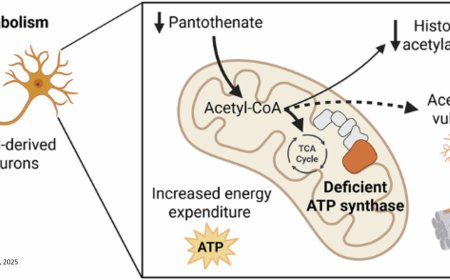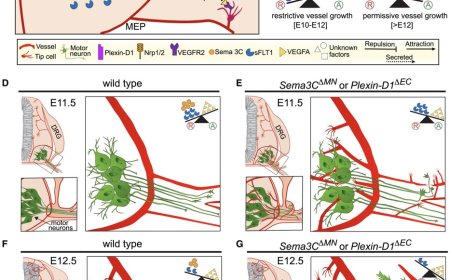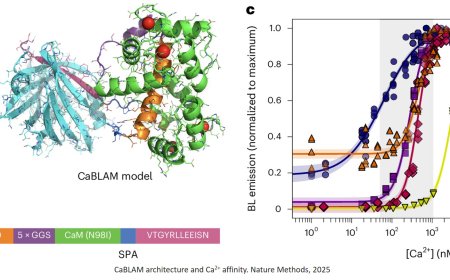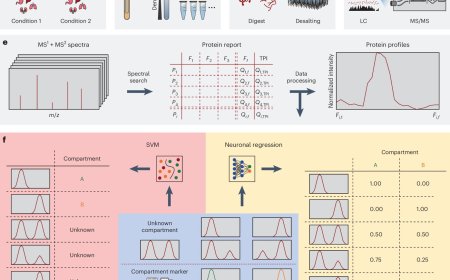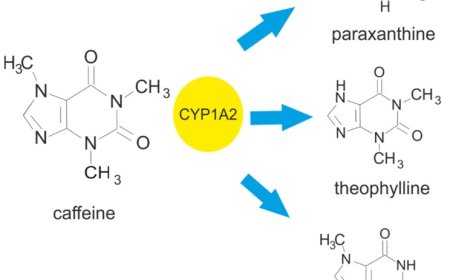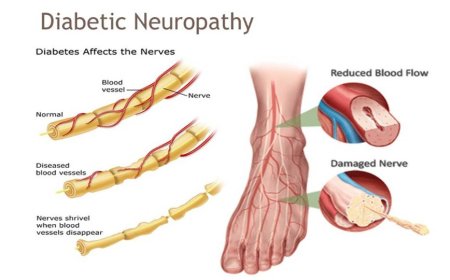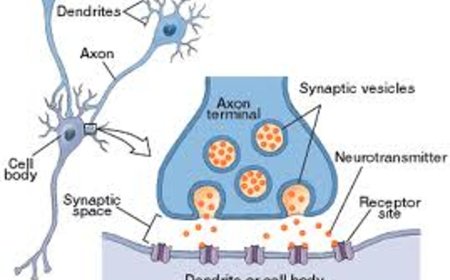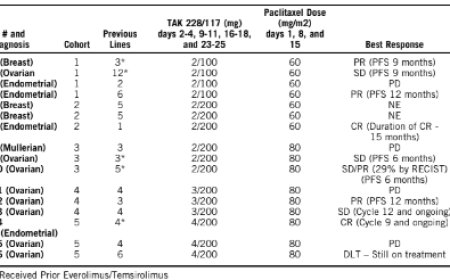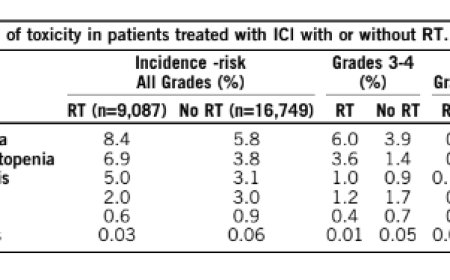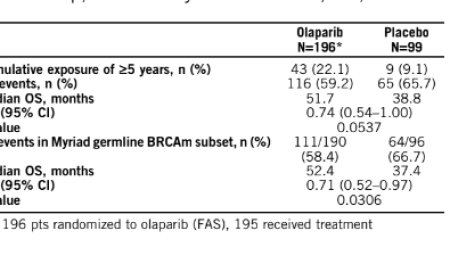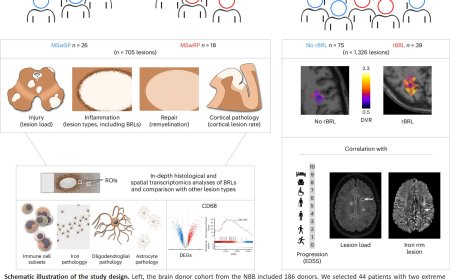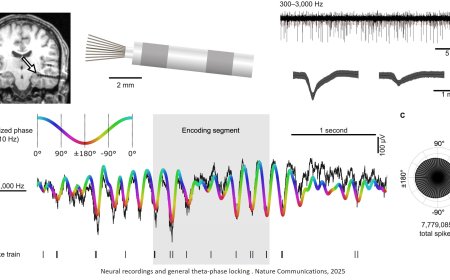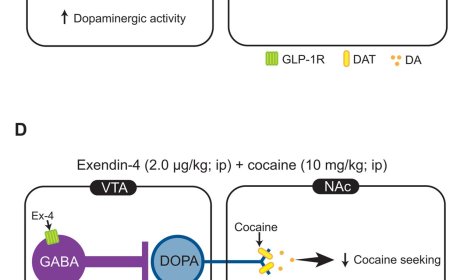How synapses stick together
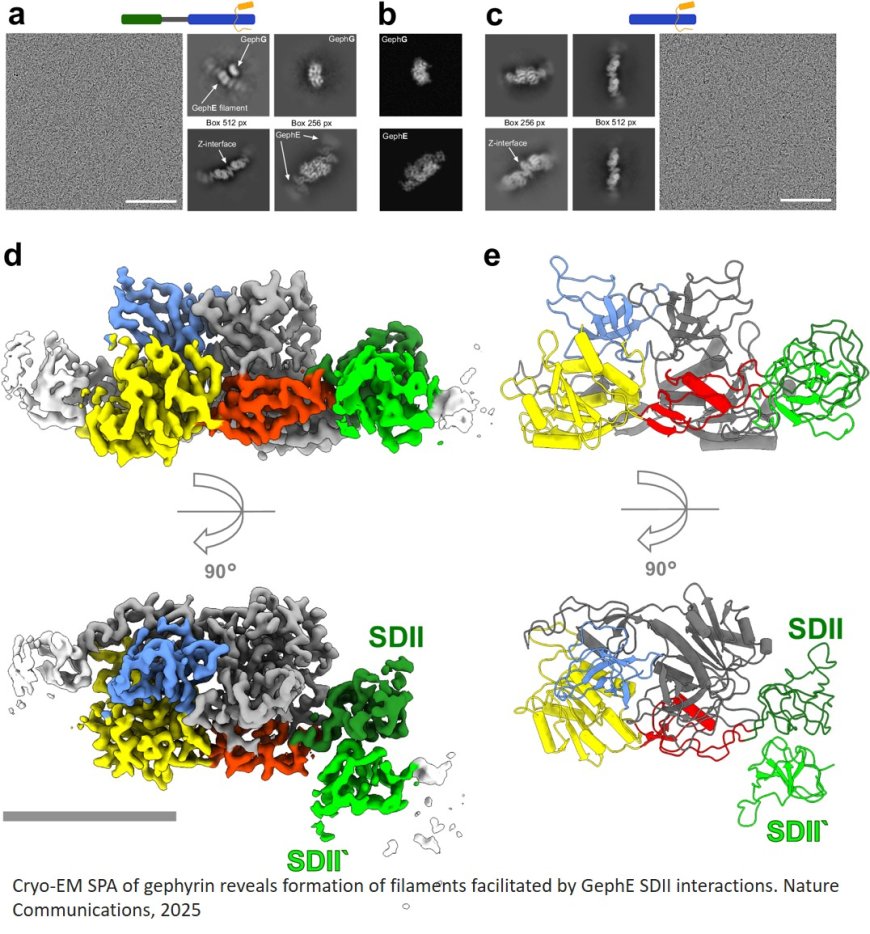
A team of scientists has made a decisive discovery about the molecular basis of synapse formation in the central nervous system. They studied inhibitory synapses, the so-called “brakes” in our brain, which regulate that a signal is no longer transmitted. Specifically, the researchers looked at a protein called gephyrin, which stabilizes one half of these synapses, the so-called postsynaptic density.
The research, published in the journal Nature Communications reveals a previously unknown form of molecular interaction in the protein gephyrin, allowing it to form elongated filaments. These filaments are the organizational foundation for the formation of the post-synapse, which in turn results in the formation of billions of synapses that the brain uses in almost all communication functions.
The team used cutting-edge cryo-electron microscopy to visualize the 3-dimensional structure of the protein gephyrin. The study found that one domain of gephyrin, which binds to the neuro-receptor and forms dimers (larger structures composed of a pair of proteins), builds elongated filamentous structures, which was a huge surprise.
Cryo-EM analysis revealed that dimerization promotes the formation of gephyrin filaments in which two E-domain dimers are linked by Z-shaped interfaces formed between two subdomains II (SDII) of adjacent dimers. Deletion of SDII, introduction of two epilepsy-causing pathogenic variants, or neutralization of an opposing charge in the interface abolish the formation of filaments, in vitro phase separation, and synaptic receptor clustering in hippocampal neurons.
Before, it was thought that proteins in phase-separated condensates are disordered, but now a remarkable level of organization was revealed. In addition to the structural work, in vitro experiments and work in isolated cell lines not only highlighted that these filaments are required to form synapses, but also explain why specific mutations found in the gephyrin gene cause neurological diseases.
“This is a major breakthrough in our understanding of the molecular basis of inhibitory synapses formation,” says a lead author of the study. “Our findings have significant implications for the development of new treatments for neurological disorders related to these synapses, such as epilepsy.”
The other lead author adds: “The use of cryo-electron microscopy allowed us to visualize the gephyrin filaments in unprecedented detail. This has given us a deeper understanding of the molecular mechanisms underlying inhibitory synapses and has opened up new avenues for research.”
The study’s first author said: “We were initially surprised to find interfaces between gephyrin molecules in our data that looked like the ‘Zoro’ Z. This discovery closes the gap in our understanding of how receptor arrangement, gephyrin interaction, and synapse formation are functionally connected.”
